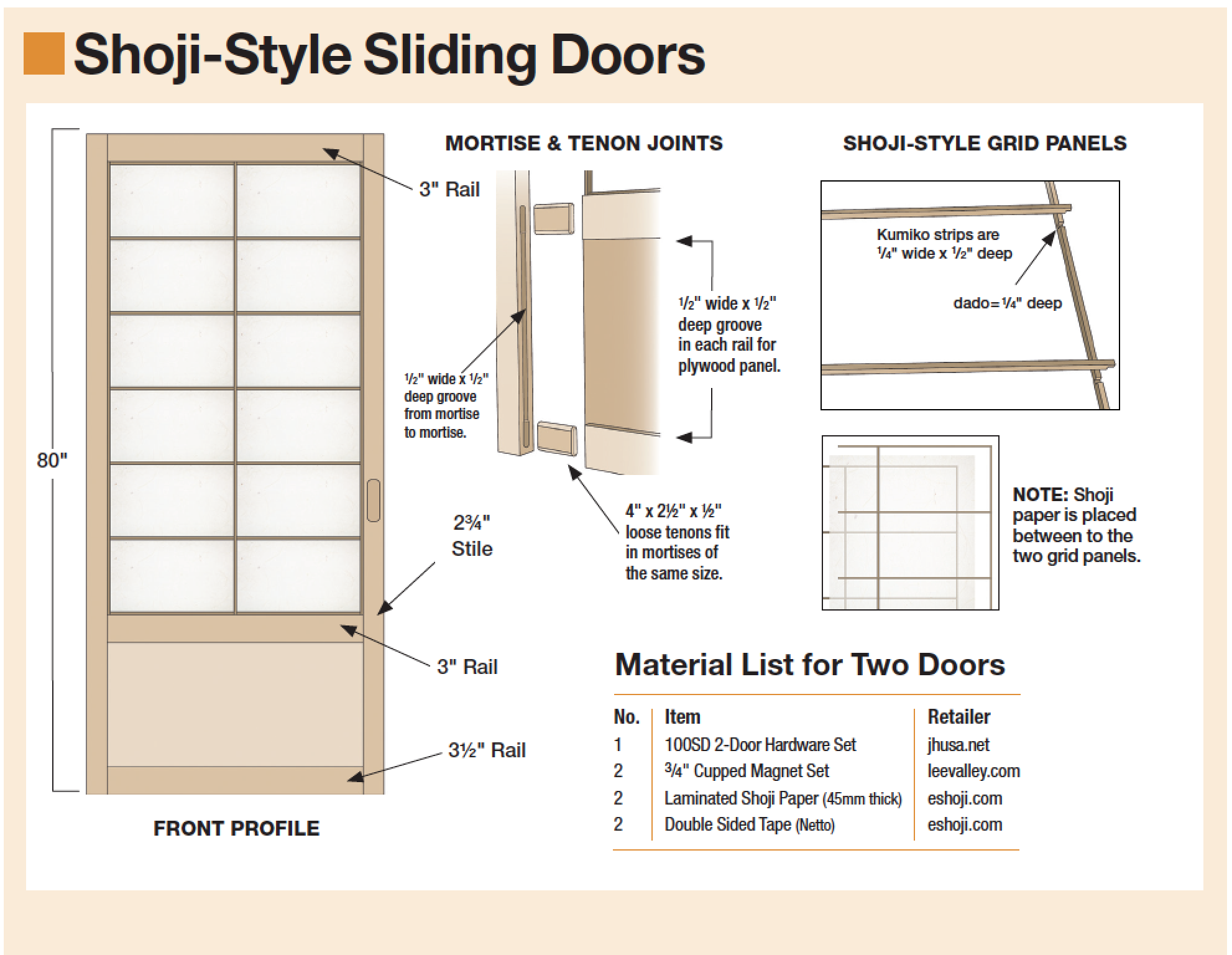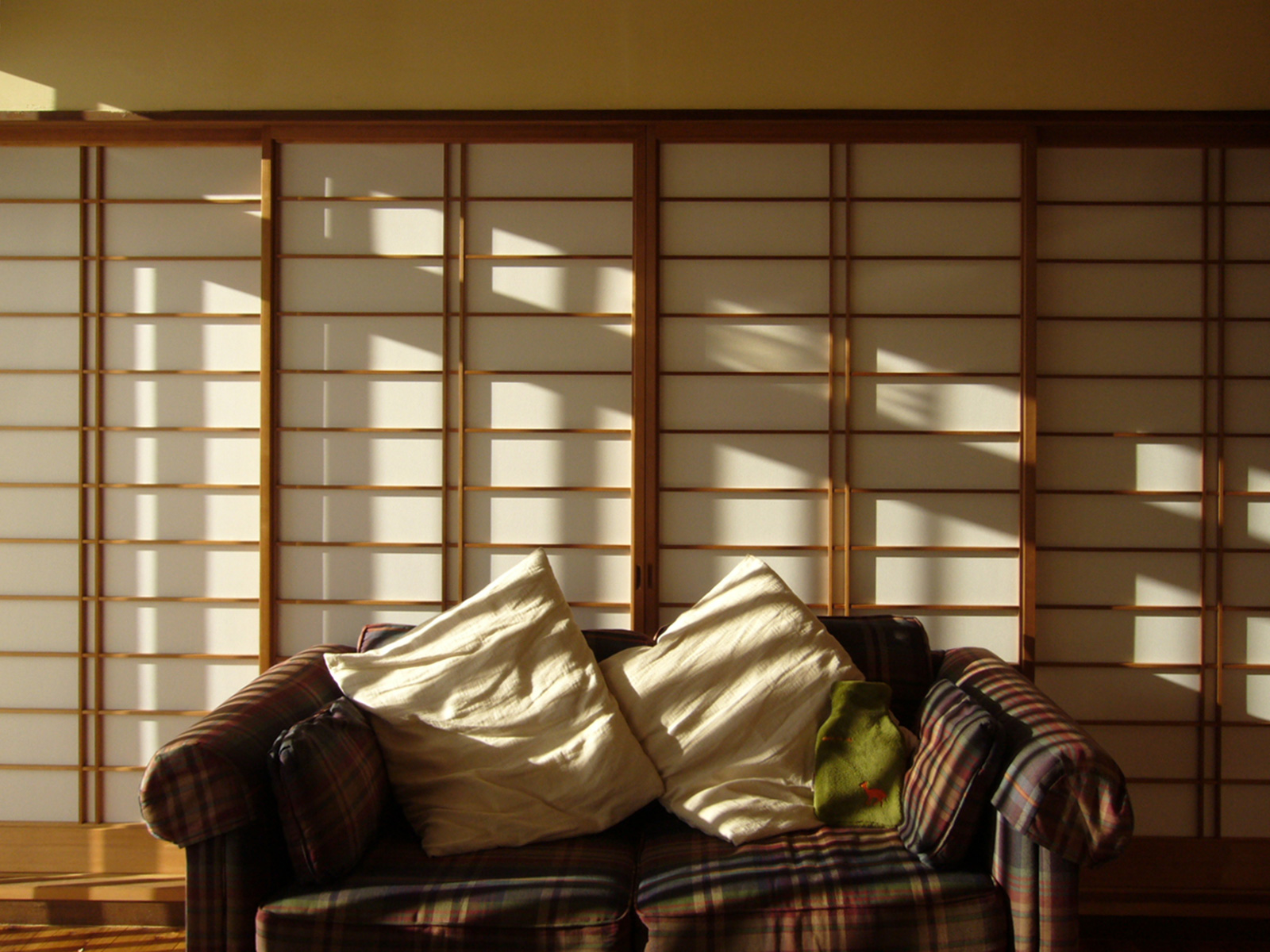Shoji Closet Doors

Shoji closet doors, with their delicate latticework and translucent paper panels, offer a unique and elegant way to enhance the style and ambiance of your bedroom. These doors, originating from Japan, seamlessly blend tradition and modernity, adding a touch of Eastern serenity to your space.
Origins and History, Shoji closet doors for bedrooms
Shoji doors, a fundamental element of traditional Japanese architecture, have a rich history dating back centuries. The earliest forms of shoji appeared in the 12th century, evolving from simple partitions to the intricate sliding doors we know today. The development of shoji doors was driven by the need for flexible and adaptable living spaces, particularly in the context of limited floor space and a desire for natural light.
Traditional Materials and Construction
Shoji doors are traditionally crafted using natural materials, reflecting a deep respect for the environment and craftsmanship. The frame is typically made of lightweight yet durable wood, such as hinoki cypress or sugi cedar. The translucent panels, known as “shoji paper” or “washi,” are made from the fibers of the gampi tree, a paper mulberry. This paper is strong, yet thin and flexible, allowing light to filter through while providing privacy.
Aesthetic Appeal
Shoji closet doors possess an inherent aesthetic appeal, characterized by their minimalist design and natural materials. The delicate latticework of the frame creates a sense of openness and airiness, while the translucent paper panels diffuse light, casting soft shadows and creating a calming atmosphere. This minimalist design complements a wide range of interior styles, from traditional to contemporary, adding a touch of elegance and sophistication.
Enhancing Bedroom Style and Ambiance
Shoji closet doors can significantly enhance the overall style and ambiance of a bedroom. They can be used to create a sense of tranquility and serenity, inviting relaxation and contemplation. Their minimalist design can also help to create a sense of spaciousness, especially in smaller bedrooms.
For example, incorporating shoji closet doors into a modern minimalist bedroom can further accentuate the clean lines and simplicity of the design. Alternatively, in a traditional bedroom, shoji doors can add a touch of cultural richness and history. The versatility of shoji doors allows them to seamlessly integrate into diverse bedroom styles, adding a unique and elegant touch to any space.
Benefits of Using Shoji Closet Doors: Shoji Closet Doors For Bedrooms
Shoji closet doors offer a unique blend of style, functionality, and practicality, making them an excellent choice for bedrooms. Their design, inspired by traditional Japanese architecture, seamlessly integrates with various interior styles, adding a touch of elegance and sophistication to any space.
Privacy and Light Diffusion
Shoji doors are renowned for their ability to provide privacy while allowing natural light to filter through. The translucent paper panels, often made from rice paper or a durable synthetic material, create a soft, diffused glow that adds a warm and inviting ambiance to the bedroom. This gentle light creates a calming atmosphere, ideal for relaxation and sleep.
Sense of Space and Openness
The lightweight and airy nature of shoji doors contributes to a sense of spaciousness and openness in the bedroom. Their minimalist design and the use of translucent materials allow the eye to travel beyond the closet door, making the room appear larger and more inviting. This effect is particularly beneficial in smaller bedrooms, where maximizing visual space is crucial.
Durability and Longevity
Shoji doors are built to last. The sturdy wooden frames and durable paper panels are resistant to wear and tear, ensuring long-lasting performance. With proper care and maintenance, shoji closet doors can remain beautiful and functional for years to come.
Cost Comparison
While shoji doors may be slightly more expensive than traditional sliding or hinged closet doors, their unique benefits often outweigh the initial cost. The cost of shoji closet doors can vary depending on the size, materials used, and the complexity of the design. However, they are generally comparable in price to high-quality custom closet doors.
Designing and Installing Shoji Closet Doors

Transforming your bedroom closet with Shoji doors is a stylish and functional upgrade. These doors offer a unique blend of elegance and practicality, seamlessly blending with various decor styles. Let’s explore the design and installation process to help you create a closet that reflects your taste.
Choosing the Right Size and Style
The first step in designing your Shoji closet doors is selecting the right size and style. Consider the dimensions of your closet opening, the desired look, and the functionality you need.
- Standard Sizes: Shoji doors come in standard sizes, but you can also order custom sizes to perfectly fit your closet opening. Measure the width and height of your closet opening, leaving some space for the door frame.
- Style: Shoji doors come in various styles, including traditional, modern, and contemporary. Choose a style that complements your bedroom decor.
- Number of Panels: The number of panels in your Shoji doors will influence the overall look and functionality. A single panel is best for small closets, while multiple panels can create a more dramatic effect in larger spaces.
Types of Shoji Door Hardware
The hardware you choose for your Shoji closet doors will determine how they open and close. Here are some common options:
- Sliding Tracks: Sliding tracks are a popular choice for Shoji doors, offering smooth and effortless operation. They are available in various materials, including metal and wood, and can be installed on the ceiling or the wall.
- Hinges: Hinges are another option for Shoji doors, providing a traditional look and feel. They are available in various styles, including flush hinges and surface-mounted hinges. Hinges require more space for the doors to swing open.
Installing Shoji Closet Doors
Installing Shoji closet doors involves several steps, including measuring, cutting, and finishing. Here’s a step-by-step guide:
- Measure the Closet Opening: Carefully measure the width and height of your closet opening. Ensure to account for the door frame and any trim.
- Cut the Door Panels: If you are using custom-sized doors, cut the panels to the correct dimensions. Use a saw or a router to make clean cuts.
- Install the Door Frame: Install the door frame around the closet opening. Ensure that the frame is level and plumb.
- Install the Hardware: Install the sliding tracks or hinges according to the manufacturer’s instructions.
- Hang the Doors: Hang the Shoji doors on the tracks or hinges. Adjust the doors to ensure they are level and aligned.
- Finish the Doors: Apply a finish to the doors, such as a stain or paint, to protect them and enhance their appearance.
Integrating Shoji Closet Doors with Bedroom Decor
To seamlessly integrate Shoji closet doors with your bedroom decor, consider the following tips:
- Color Matching: Choose Shoji door colors that complement your bedroom’s color scheme. Consider using the same color as your walls, trim, or furniture for a cohesive look.
- Material Choices: Select Shoji door materials that complement the existing furniture and decor in your bedroom. For example, if you have a lot of wood furniture, consider using a wooden door frame and panels.
- Lighting: Lighting can play a significant role in showcasing the beauty of your Shoji closet doors. Use strategically placed lighting to highlight the intricate details and create a warm and inviting ambiance.
